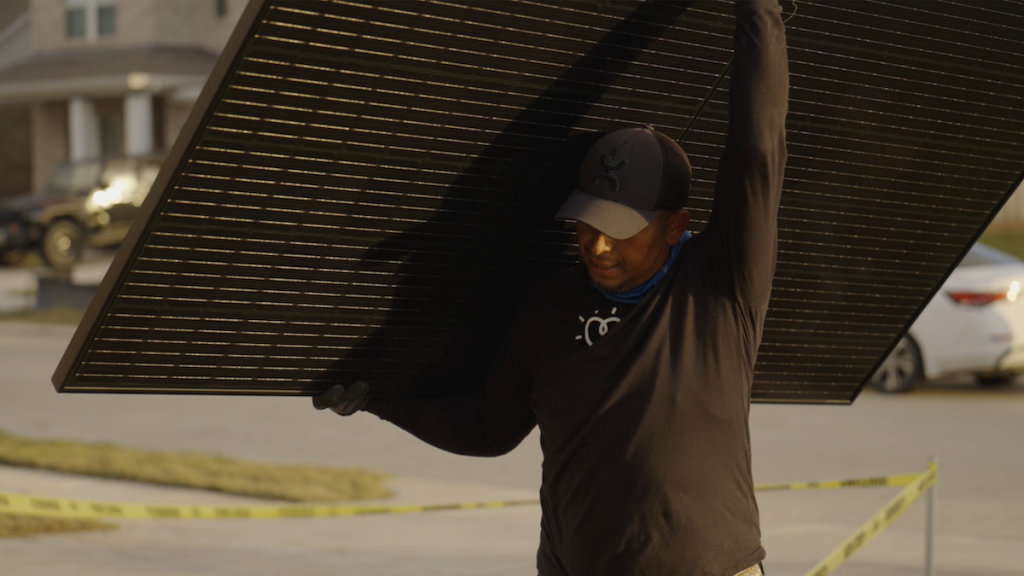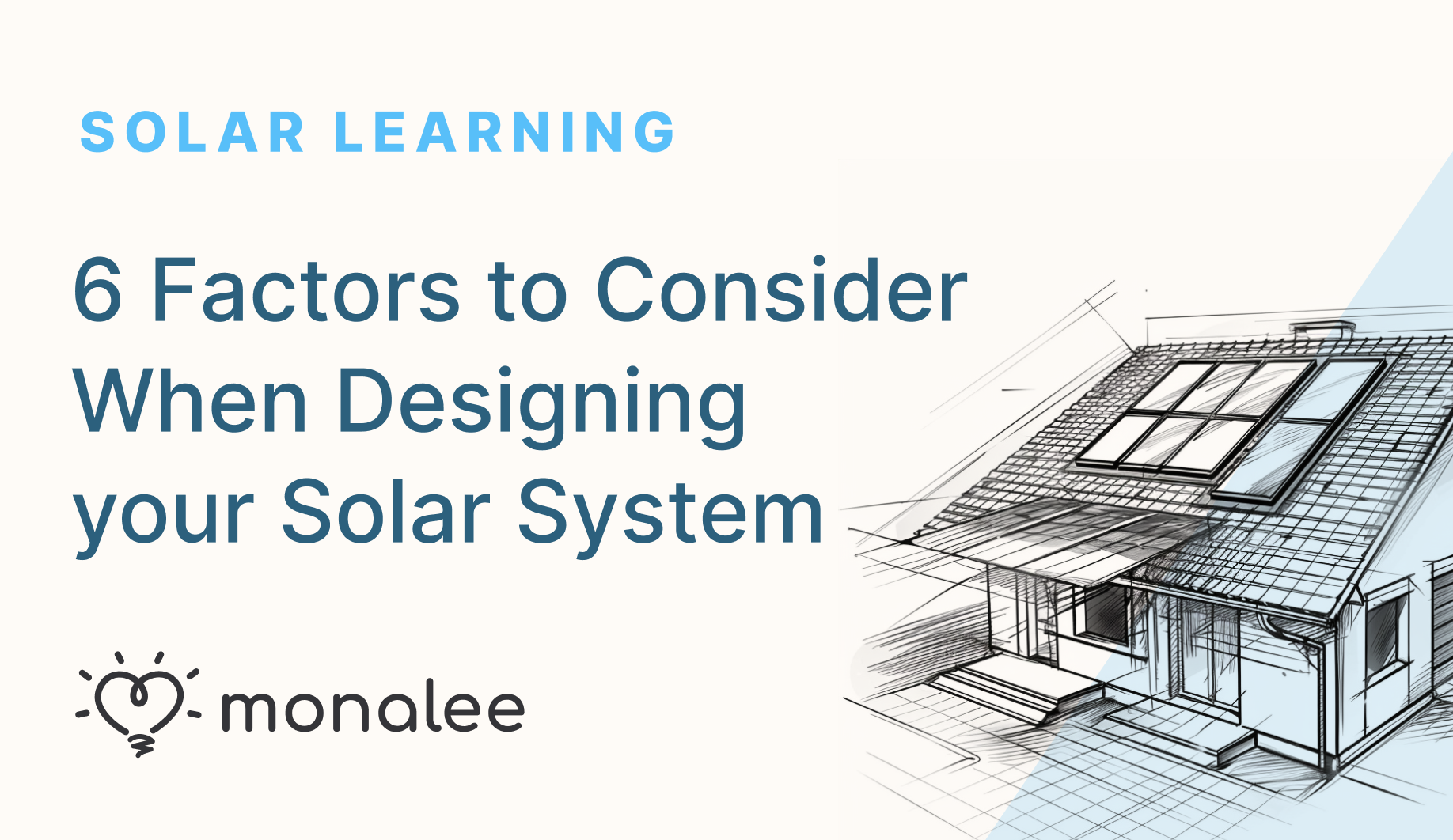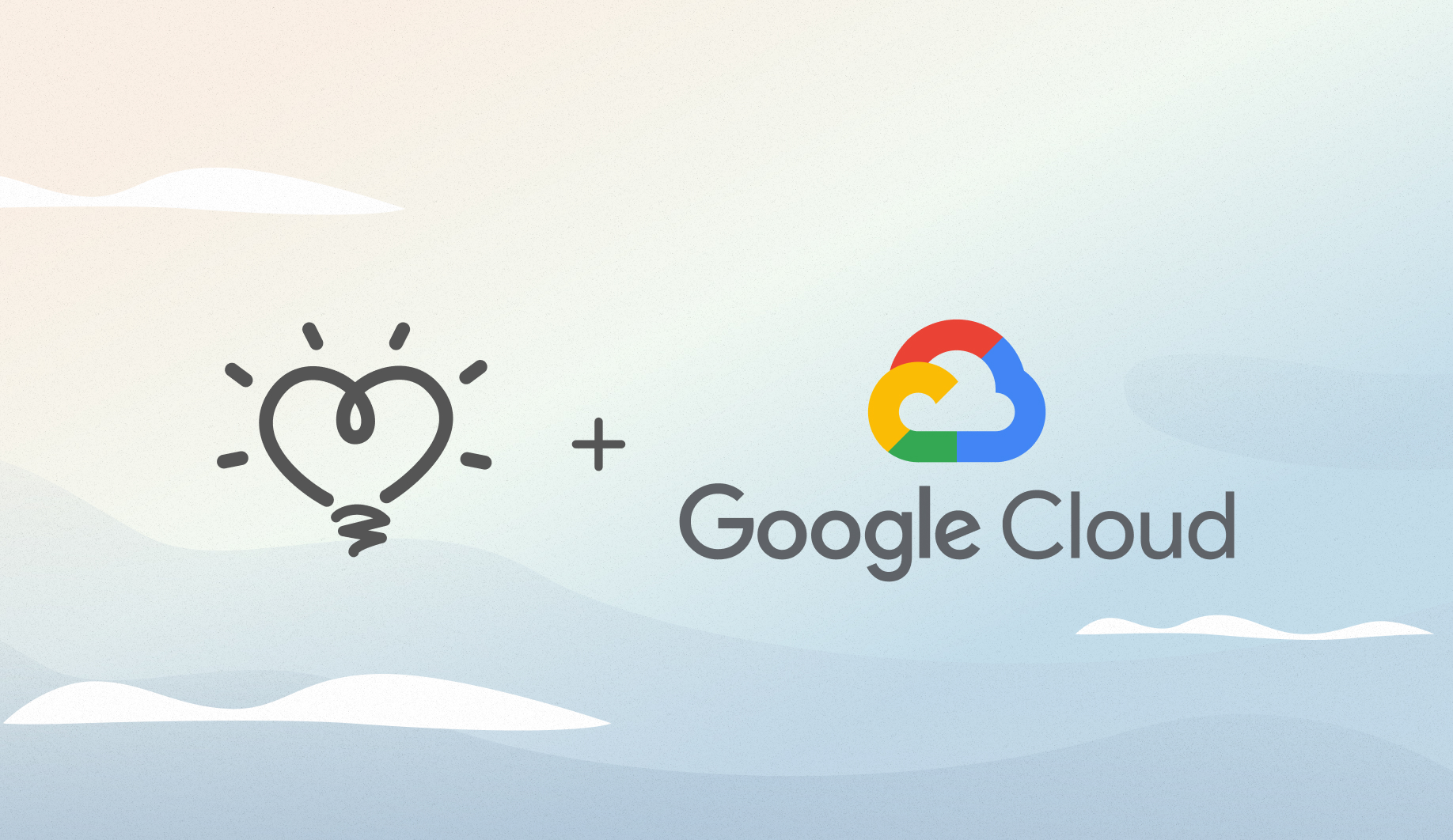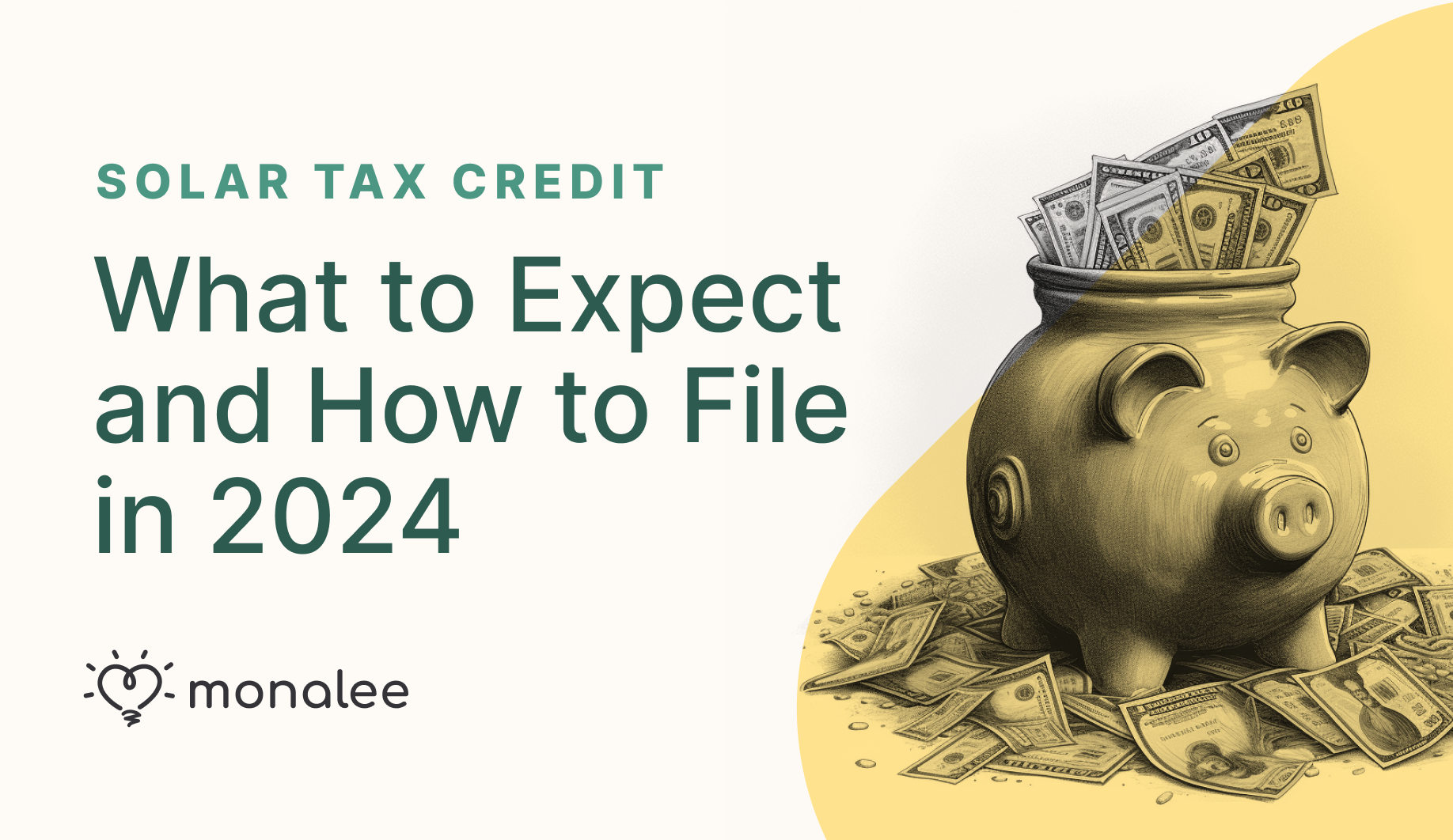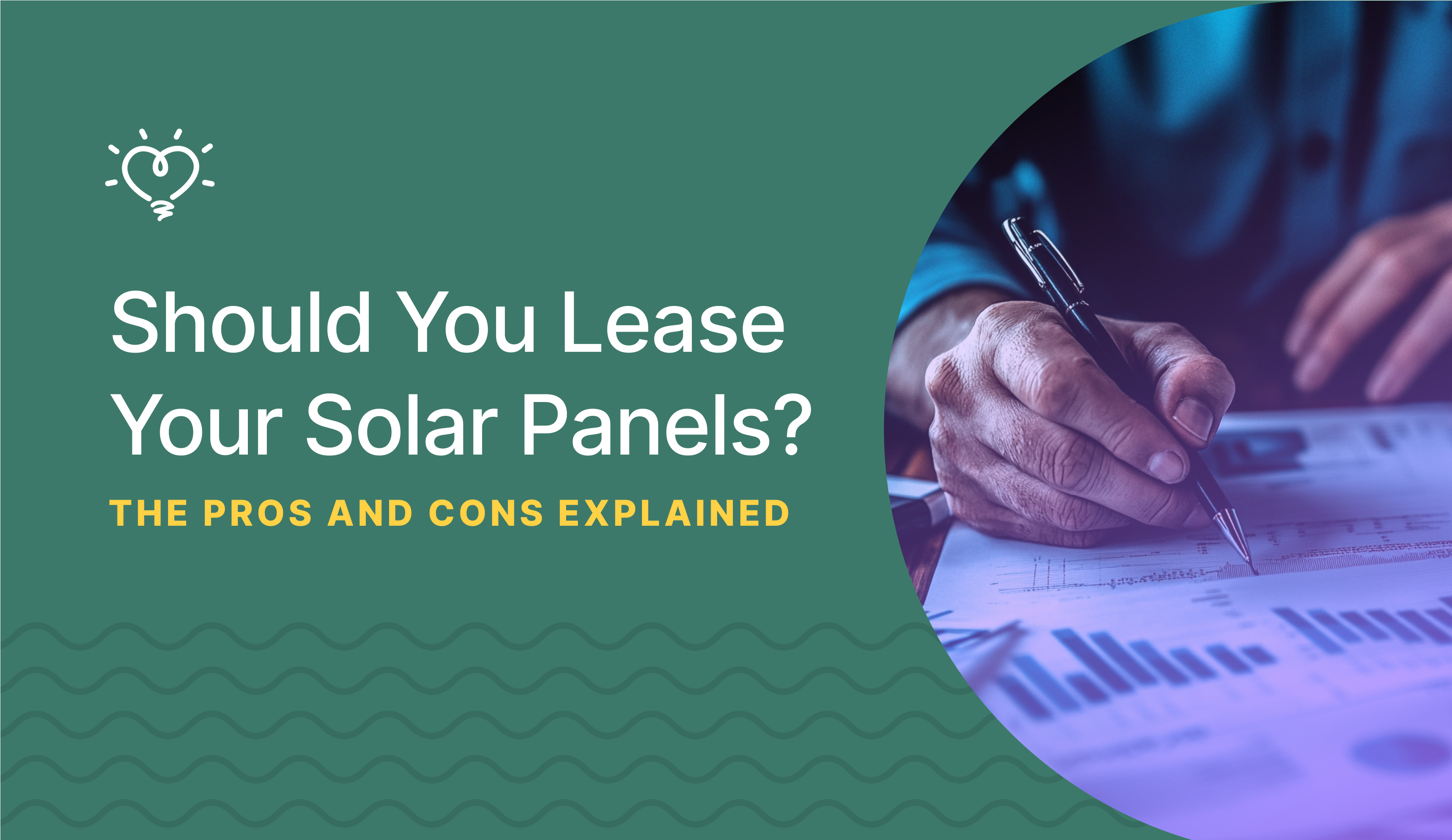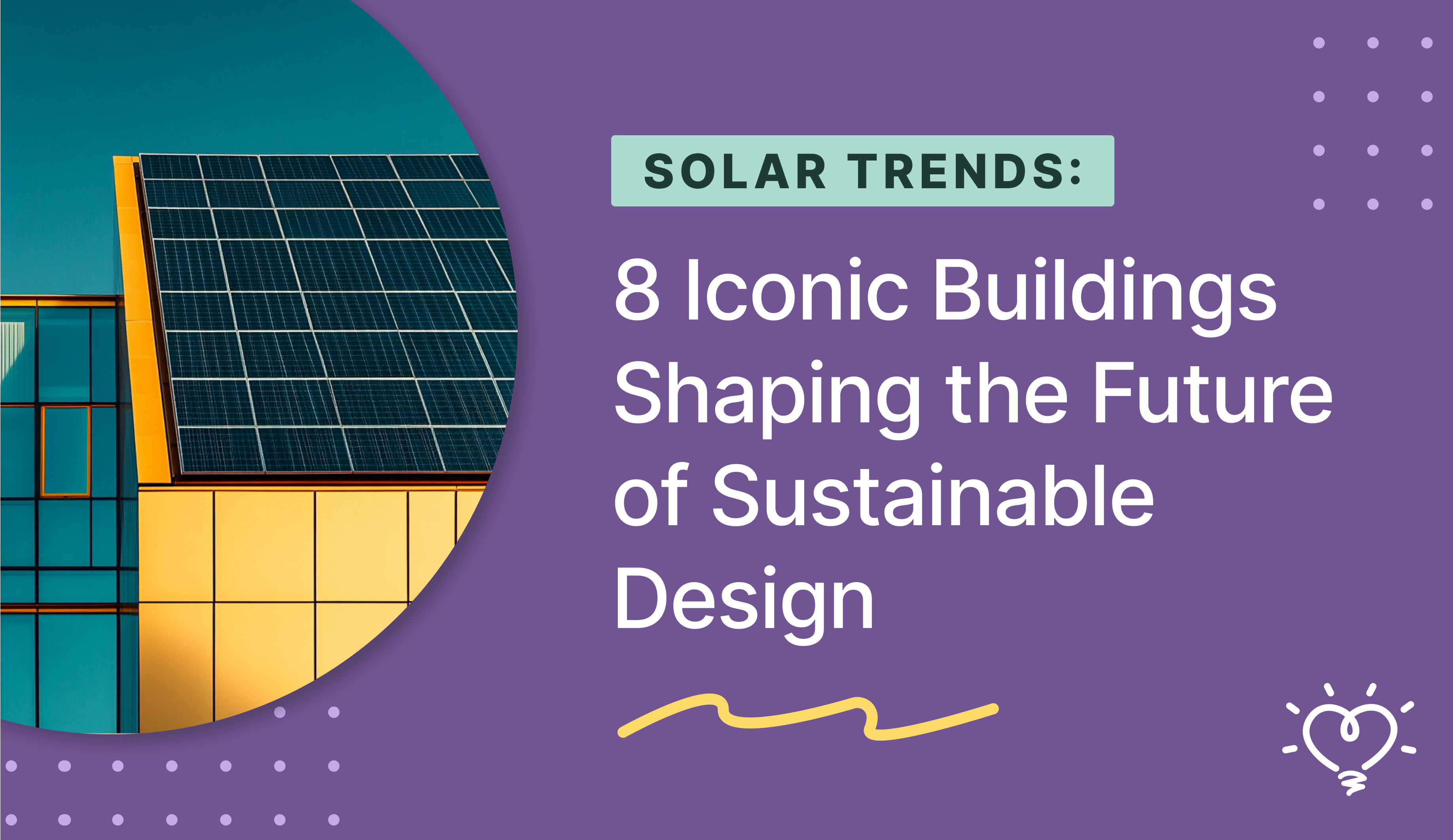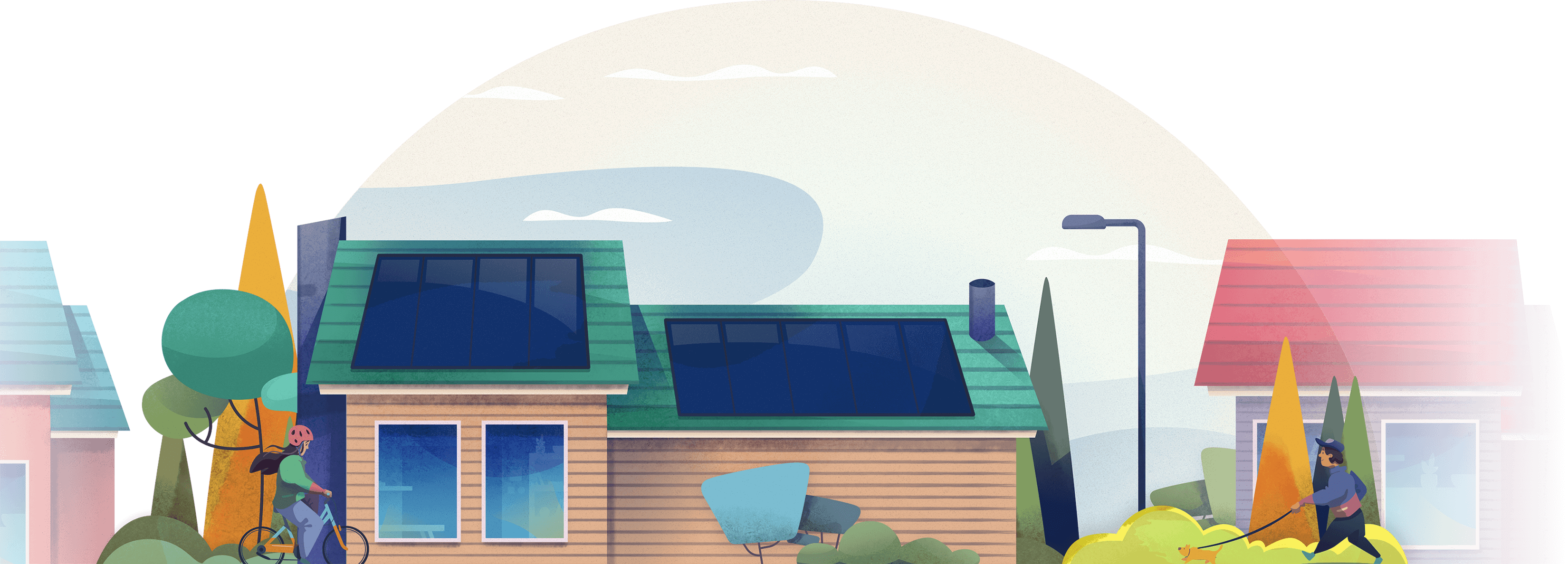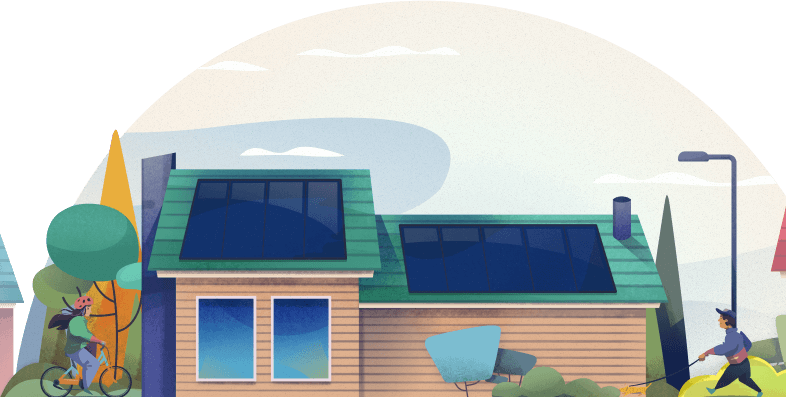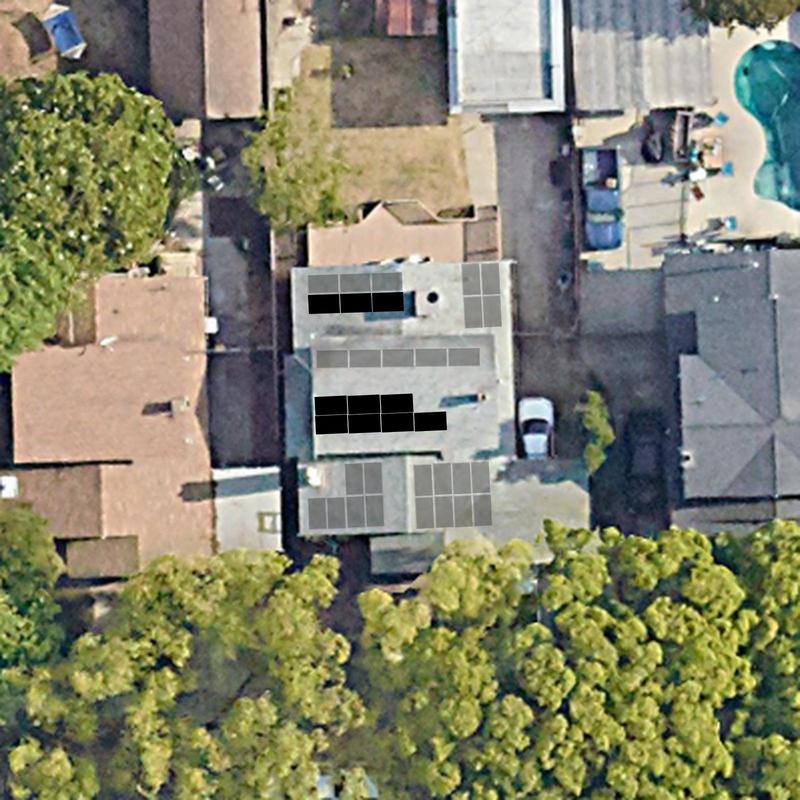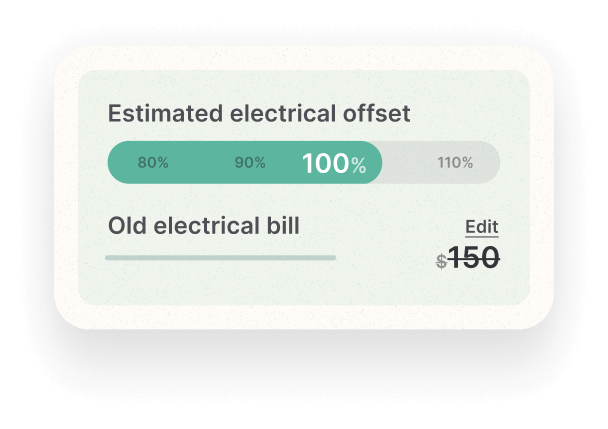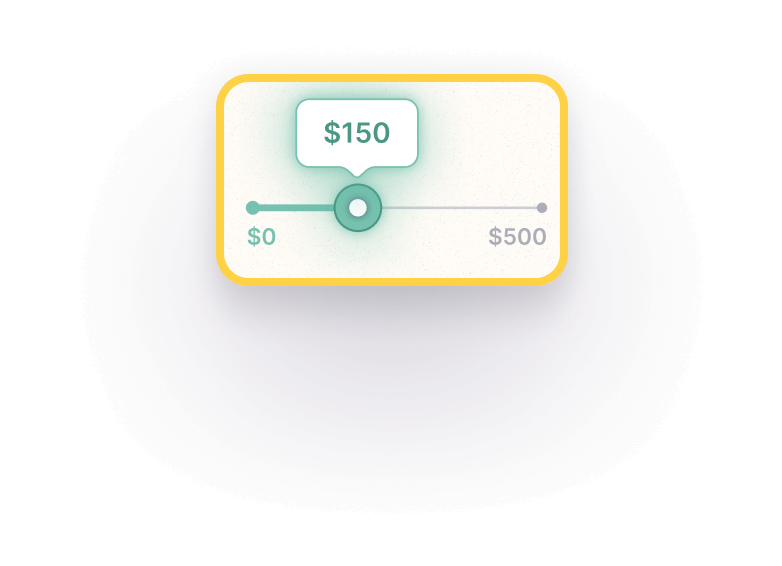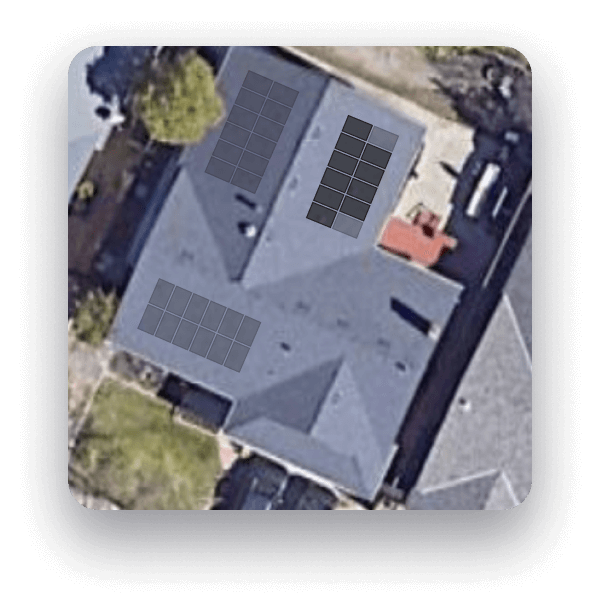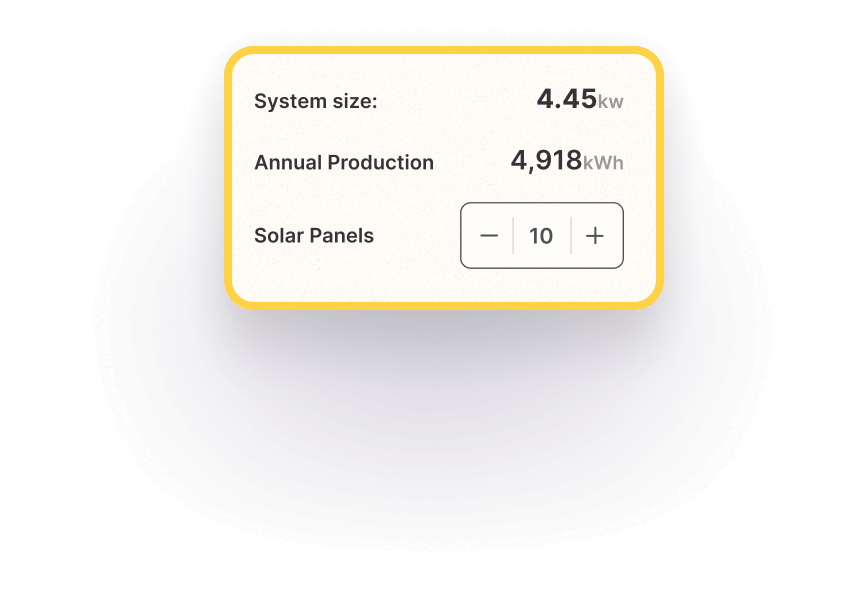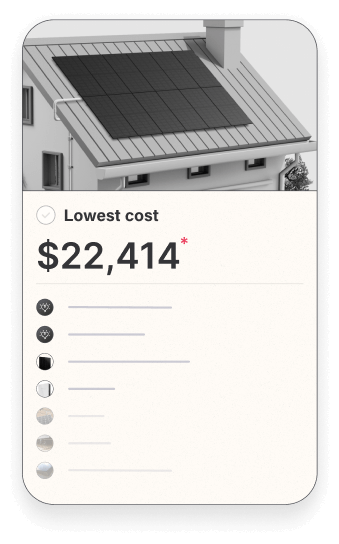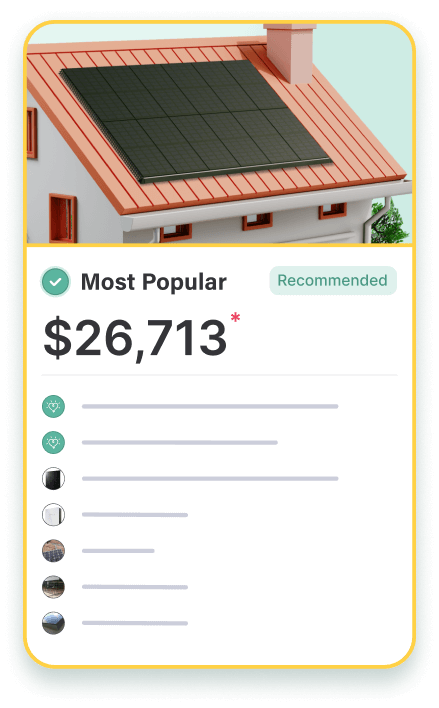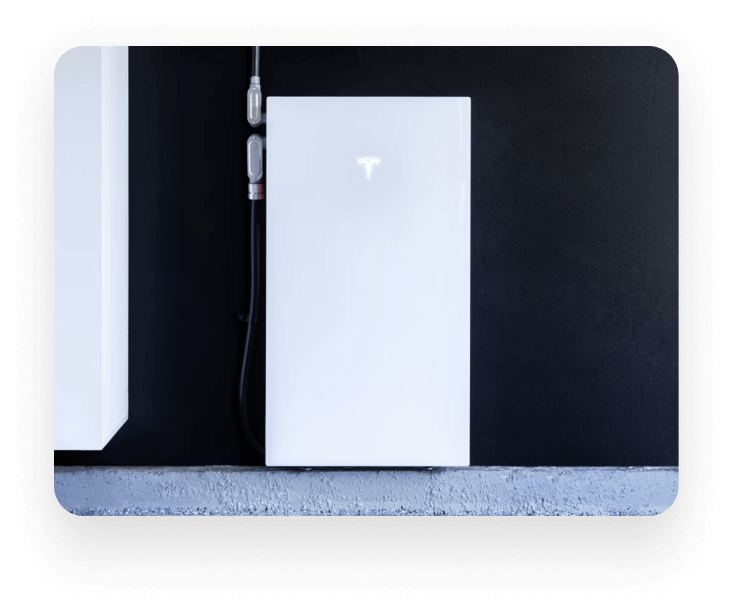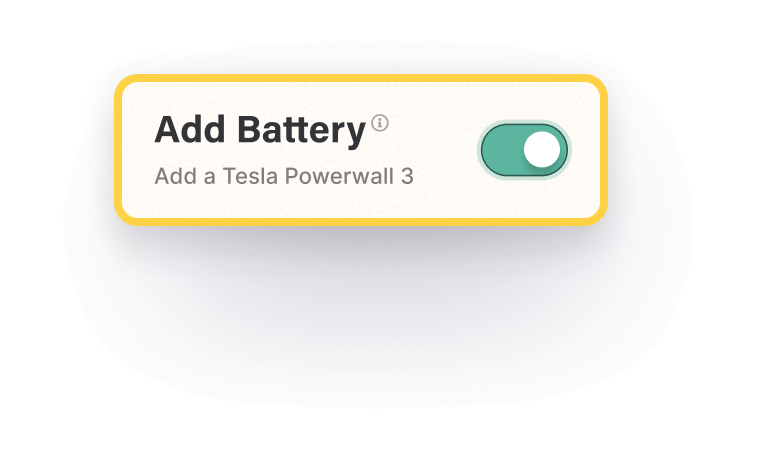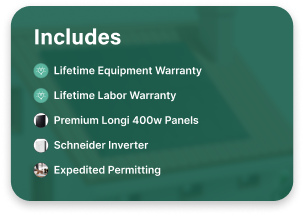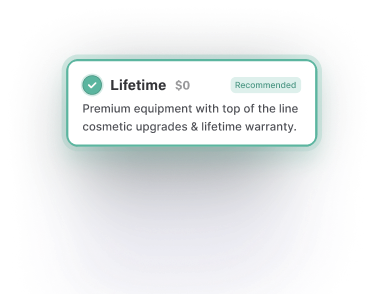Before your solar panels go up, there’s a lot that needs to happen first. Here's what we look at.
Before your solar panels go up, there’s a lot that needs to happen first. At Monalee, we do most of the heavy lifting so to speak, so that you can enjoy the end result. A big part of our process is crafting the most optimal design for your home’s solar system.
Our goal is always to create the most cost efficient design that meets all current code requirements. The design process kicks off after the completion of a homeowner’s site survey. Photos from the site survey help our designers create the best layout for the panels given the homeowner’s electrical setup.
Here are 6 of the biggest factors we look at when designing your solar system.
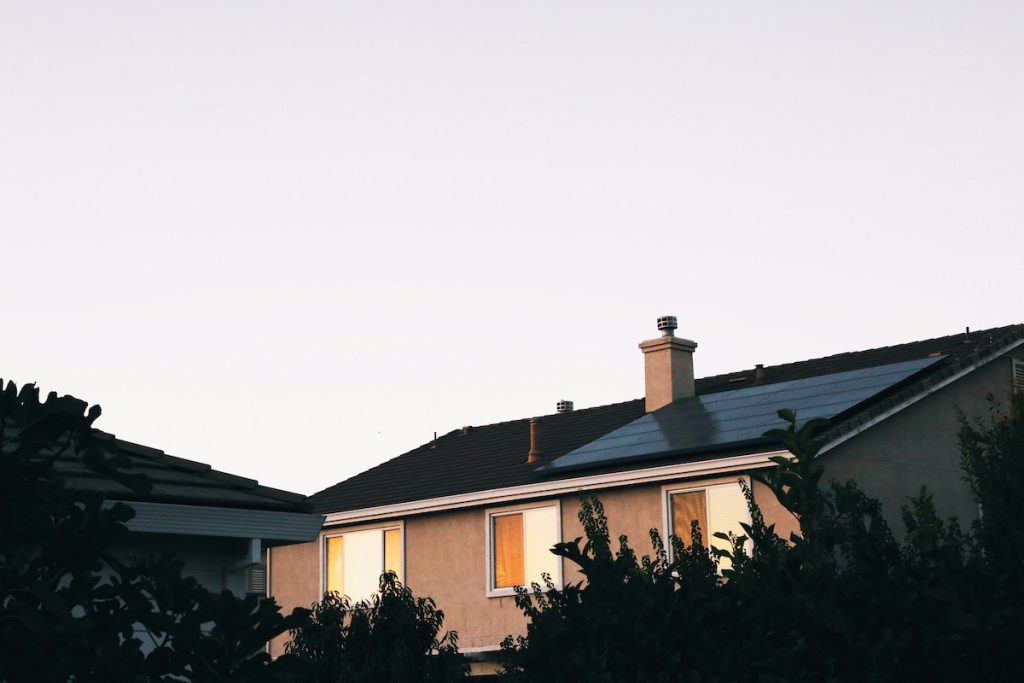
The direction of your roof
In the world of solar, not all roofs are created equal. In North America, the ideal direction (azimuth–more on this below) for the solar panels to face is south. East and West-facing roofs are good options, too. Roofs that are north-facing are less ideal, unless the roof pitch is low.
As reported by Forbes, homes with solar panels facing directly east or west will produce around 20% less energy. Monalee is working with homeowners in the U.S., so it’s important to remember that for homes south of the equator, the opposite will be true.
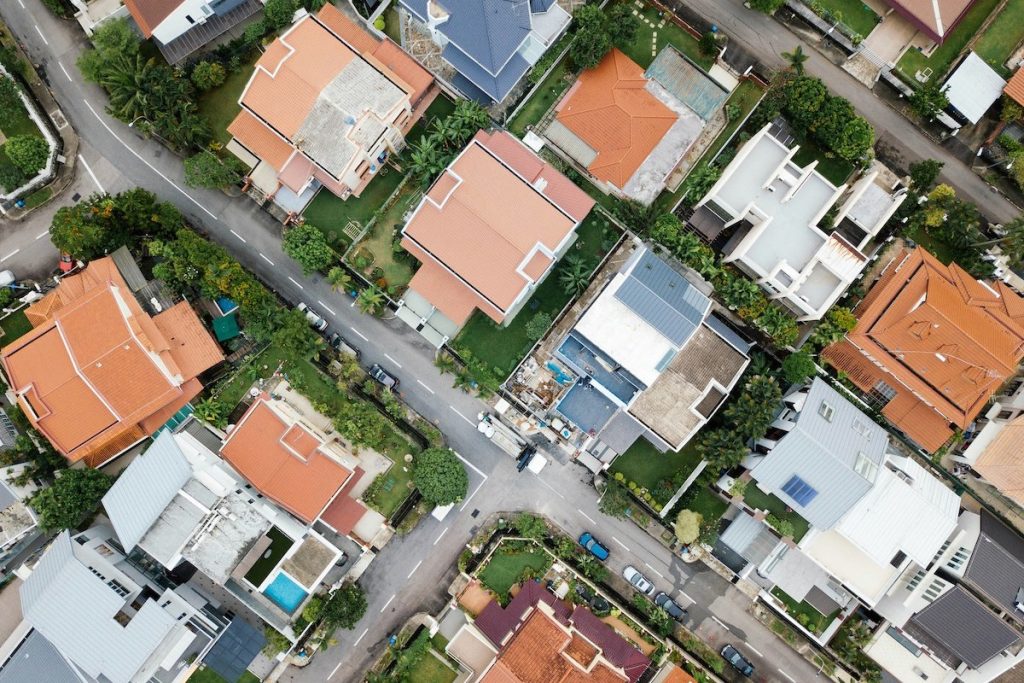
The pitch of your roof
An easy way to understand roof pitch is to think of it as a slope. The pitch is basically the vertical rise of a roof and, as solar panels are installed on top of the roof’s surface, it affects how much sun the system will generate. As an example, a roof’s pitch might be a 7:12 ratio, meaning that the roof rise is 7-inches and the roof run—the horizontal measurement—is 12 inches.
While roof pitch affects production a little bit, the azimuth is the more important factor of the two. The azimuth has to do with the angle of the sun. Ideally, solar panels that face directly into the sun will be more optimized than those that don’t.
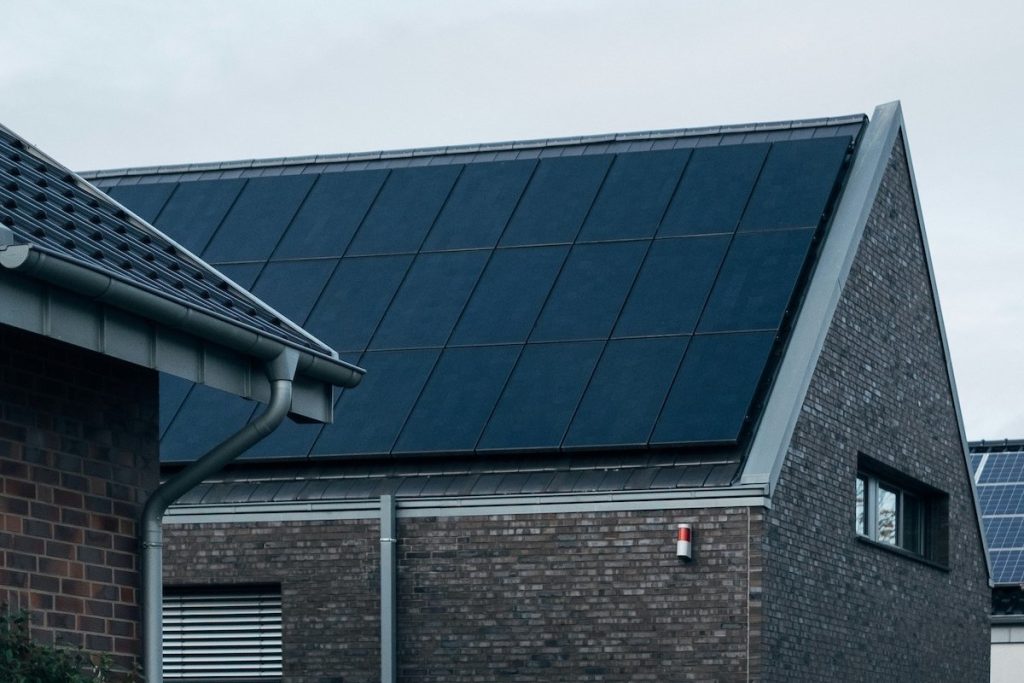
Trees or other potential causes for shade
When we’re designing a solar system for a homeowner that goes with Monalee, we definitely take shade into account. In a perfect world, we want to avoid shade, because even a little bit of shade can negatively impact how much sunlight your panels capture.
According to our system designers, a solar panel that is only 10% in shade can lose up to 80% or more of its production. Using our advanced machine learning, we are able to tell if your roof is partially covered with shade. This is also accessed during our in-person site-survey.
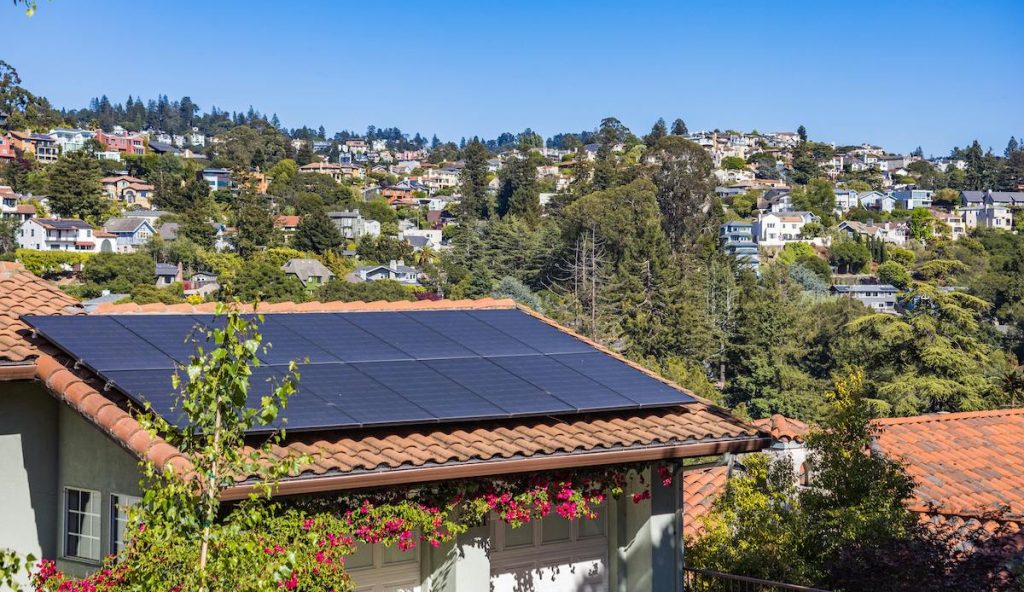
The durability of your equipment
Solar panels and other equipment such as solar batteries are large and bulky, and for good reason. The equipment goes on your roof and needs to withstand all sorts of weather conditions and it needs to last between 25-30 years.
Homeowners who go solar with Monalee will have LONGi 400w installed on their homes. LONGi panels feature advanced cell technology, high performing modules, and are able to withstand high snow and wind conditions.
In some cases, you might want to invest in a dedicated battery for your home. We use Schneider Boost, which is arguably one of the best on the market. The Schneider Boost is designed to be paired with the Schneider Inverter.
There are both pros and cons of investing in a battery–mostly pros if you ask us–and we outline those here. As we covered in this blog post, when you have a dedicated battery connected to your solar system, there’s really no need to be connected to your local grid. It also provides peace of mind during outages, because you know you’re covered.

The size and energy demands of your system
The design of your solar system will largely depend on your home’s energy demands and wattage capacity. The larger your home is, the more energy you’ll need to generate from your solar panels.
Based on your energy needs–both current and projected–among other factors like your current electric bill and roof pitch, you’ll receive a quote for the total cost of installation. Now is a good time to mention that historically, solar is an industry where most things are done offline. There hasn’t been good software available that digitizes the process. As a result, there are soft costs that amount to around 75% of the total cost of going solar.
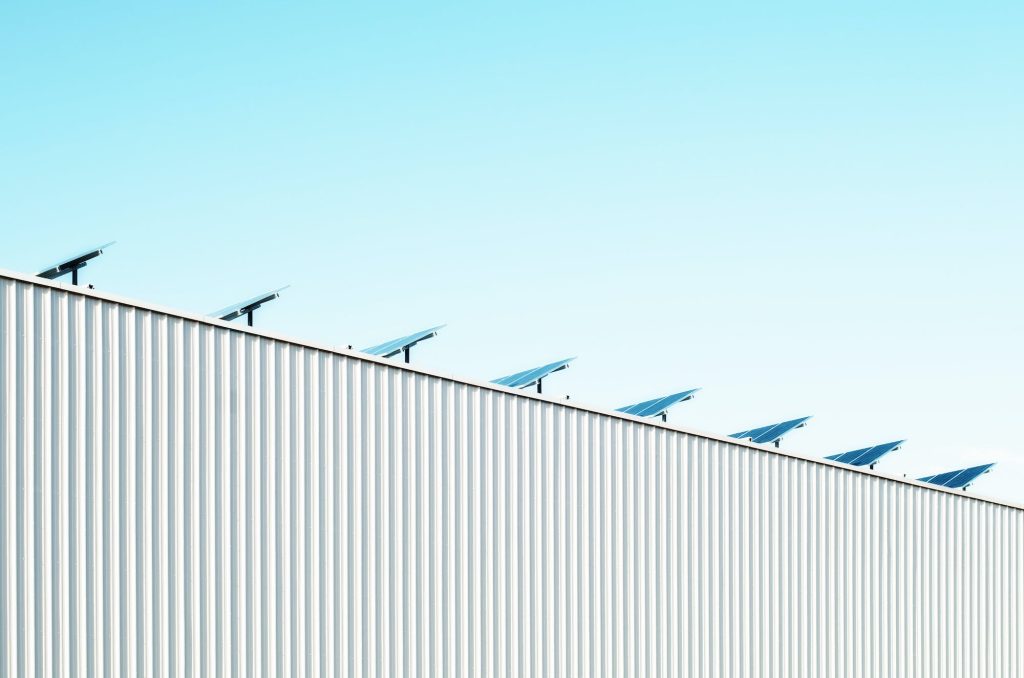
The cost of installation
Time to talk finances. At Monalee, we’re taking the initiative to digitize as much as possible to reduce cost. We’ve made the process of going solar modern, digital, easy, transparent–all the things homeowners like you want but haven’t been able to get packaged up.
There are two main ways you can pay for installing your solar system. You can either pay everything up front–in our case, we take part of the balance at the start of the process and then collect the rest after installation, or you can go the financing route. We partner with both Mosaic and GoodLeap to make it possible for more people in the U.S. to run their homes on solar.
When considering your options, keep in mind that there are sometimes unexpected costs that pop up along the way. For example, during a site survey (step 1 in our process), you may be told that you need to upgrade your main panel in order to move forward.
